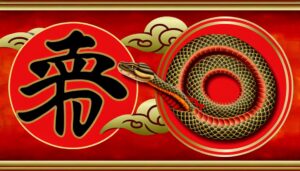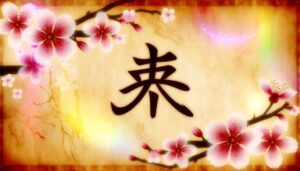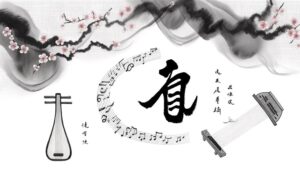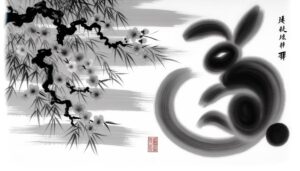What Chinese Symbol Represents Peace?
The Chinese symbol for peace, represented by the character 和 (hé), originated during the Shang Dynasty. It embodies a balance integral to Confucian and Daoist philosophies, emphasizing societal harmony and ethical governance.
This symbol has profound cultural significance and is deeply ingrained in Chinese literature, art, and proverbs. It fosters a collective sense of tranquility, unity, and mutual respect.
Modern interpretations extend its application to diplomacy, mental health, and education, promoting global harmony and conflict resolution. To grasp its enriched meanings and cultural context fully, one must explore its historical background and philosophical underpinnings.
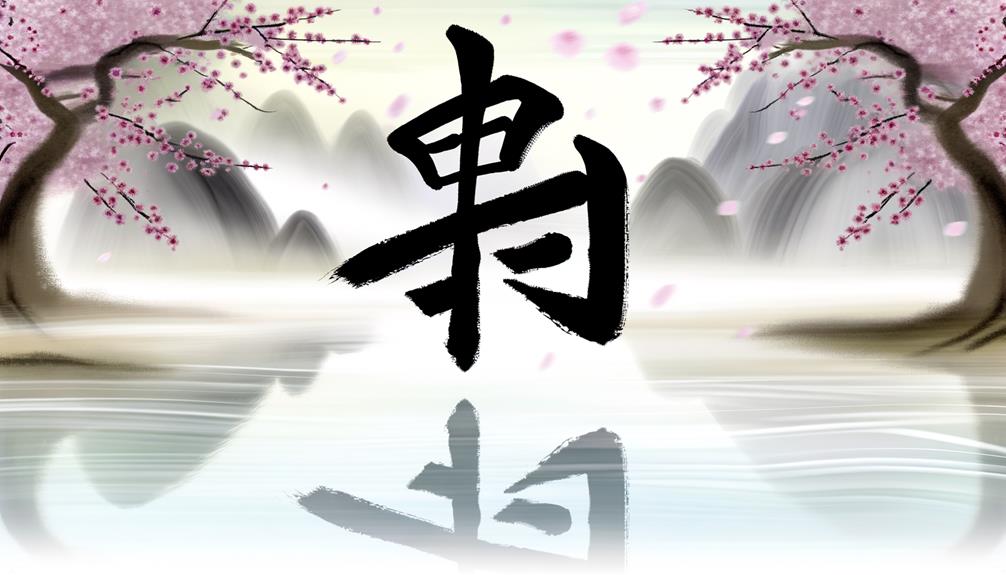
Key Takeaways
- The Chinese symbol for peace is 和 (hé).
- Originated during the Shang Dynasty, reflecting Confucian ideals of balance and ethical governance.
- Represents tranquility, unity, and social harmony in Chinese culture.
- Prominent in Confucian and Daoist teachings, emphasizing societal and inner peace.
- Integral to Chinese literature, art, and rituals, symbolizing mutual respect and coexistence.
Historical Origins
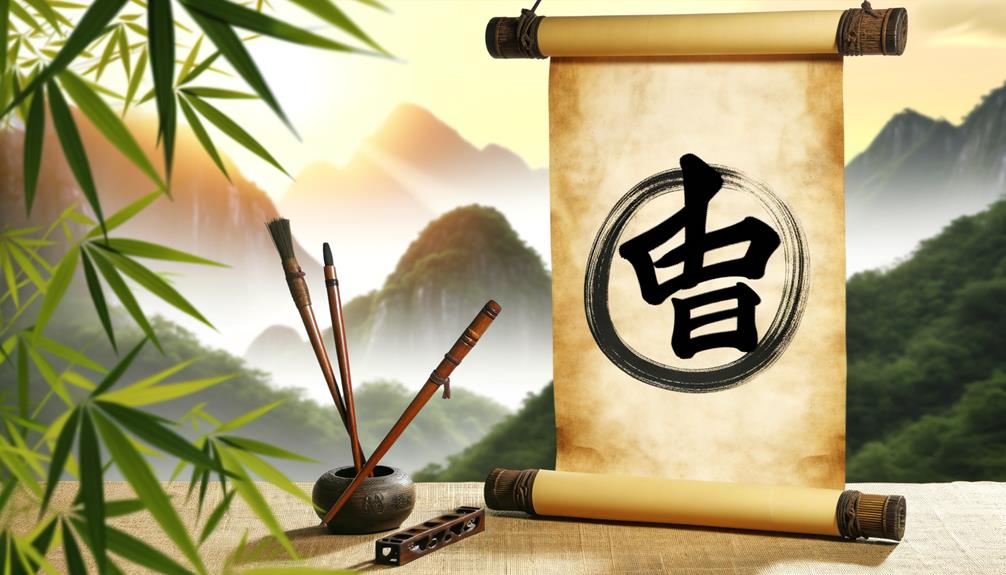
The historical origins of the Chinese symbol for peace, 和 (hé), can be traced back to ancient Chinese philosophy and the early development of written characters during the Shang Dynasty (c. 1600–1046 BCE).
This period marked the inception of logographic script, engraved on oracle bones used for divination. The character 和 evolved from pictographs representing grains and a mouth, signifying harmony achieved through shared sustenance and communal cooperation.
Rooted in Confucian ideals, the concept of 和 emphasized the importance of societal balance, familial unity, and ethical governance. The character's historical context reflects a profound cultural legacy, underscoring the intrinsic value of peace and harmony in early Chinese civilization.
This ancient symbol continues to be revered in contemporary Chinese culture.
Symbolic Meaning
The symbolic meaning of the Chinese character for peace, 和 (hé), is richly layered, drawing from historical context, cultural significance, and modern interpretations.
It embodies a harmonious balance that has been integral to Chinese philosophy and social structure for centuries.
Today, the character continues to be a potent symbol, reflecting evolving societal values and global perspectives on harmony and tranquility.
Historical Context
Rooted deeply in Chinese cultural and philosophical traditions, the symbol for peace, 和 (hé), embodies a rich tapestry of historical significance and nuanced meanings.
Originating from ancient Chinese texts, 和 has consistently represented harmony, balance, and societal accord. Confucian philosophy, which has profoundly influenced Chinese culture, extols 和 as a cornerstone of ethical governance and interpersonal relationships.
The character is also prominent in Daoist teachings, where it signifies the equilibrium between opposing forces, aligning closely with the Daoist principle of Yin and Yang.
Over centuries, 和 has been employed in diplomatic contexts, emphasizing mutual respect and coexistence. Therefore, the symbol is not merely a linguistic artifact but a profound representation of an enduring cultural and philosophical ethos.
Cultural Significance
In Chinese culture, the symbol 和 (hé) holds profound significance, encapsulating ideals of tranquility, unity, and social harmony. This emblem is deeply ingrained in the ethos of Chinese society, reflecting values that have been revered for millennia.
Its cultural resonance can be observed in various facets of daily life and traditional practices, including:
- Literature: Frequently appearing in classical poetry and philosophical texts.
- Art: Symbolized in traditional paintings and calligraphy.
- Rituals: Central to ceremonies and festivals promoting communal harmony.
- Architecture: Incorporated in the design of harmonious living spaces.
- Proverbs: Embedded in idiomatic expressions that underscore peaceful coexistence.
The symbol's ubiquity underscores its essential role in fostering a collective sense of peace and mutual respect within the community.
Modern Interpretations
Embracing contemporary contexts, the Chinese symbol for peace (和, hé) continues to be a potent emblem, symbolizing not only traditional ideals but also modern aspirations for global harmony and personal well-being. In today's interconnected world, 和 is increasingly interpreted through diverse lenses, reflecting its relevance in various spheres such as diplomacy, mental health, and community building. The symbol's multifaceted significance is evident in its application across different domains, as shown below:
| Domain | Modern Interpretation |
|---|---|
| Diplomacy | Global harmony |
| Mental Health | Inner peace and balance |
| Education | Conflict resolution |
| Community | Social cohesion and unity |
Thus, 和 remains a dynamic symbol, continually evolving to resonate with contemporary values and challenges.
Philosophical Context
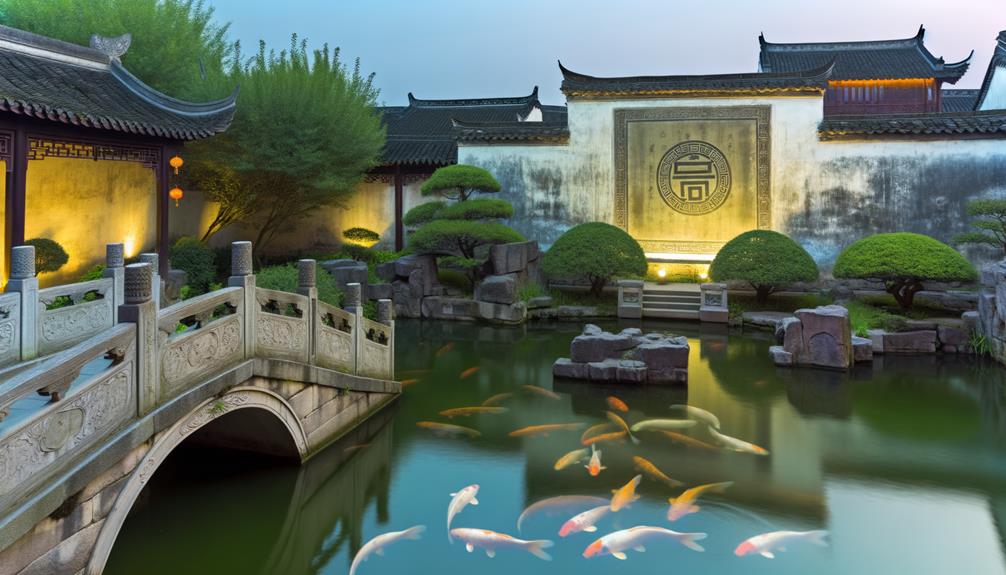
The Chinese symbol for peace is deeply embedded within the philosophical traditions of Confucianism and Taoism.
Confucian thought emphasizes the Principle of Harmony, where societal peace is achieved through moral cultivation and balanced relationships.
Meanwhile, Taoist philosophy underscores Tranquility, advocating for inner peace through alignment with the natural order of the universe.
Confucian Harmony Principle
Confucianism's emphasis on harmony underscores a societal ideal where peace is achieved through the balance of relationships, ethical conduct, and mutual respect. This philosophical approach is deeply ingrained in Chinese culture and manifests in various aspects of daily life and governance.
The principle of harmony in Confucian thought is multifaceted:
- Ren (仁): The virtue of benevolence, kindness, and humaneness towards others.
- Li (礼): The proper conduct and rituals that maintain social order.
- Yi (义): Righteousness and the moral disposition to do good.
- Zhi (智): Wisdom and the capacity to make judicious decisions.
- Xin (信): Trustworthiness and the fidelity in one's actions and words.
These elements collectively foster a harmonious and peaceful society by promoting ethical behavior and reinforcing social cohesion.
Taoist Tranquility Concept
In Taoist philosophy, tranquility is frequently viewed as an intrinsic state of being that aligns with the natural order of the universe, promoting inner peace and balance.
Central to this concept is the idea of 'Wu Wei' (无为), often translated as 'non-action' or 'effortless action.' Wu Wei emphasizes living in harmony with the Tao (道), the fundamental principle that underlies and unites all aspects of existence.
Artistic Depictions
Countless artistic depictions of the Chinese symbol for peace illustrate its profound cultural significance and aesthetic versatility across various mediums. This symbol, often represented by the character 和 (hé), embodies ideals that permeate Chinese philosophy and artistry. Artists and craftsmen have interpreted this symbol in diverse ways, each contributing to its rich visual lexicon.
- Calligraphy: Master calligraphers render the character with elegant brushstrokes that convey both form and meaning.
- Painting: Traditional Chinese paintings often integrate the symbol into serene landscapes and harmonious scenes.
- Sculpture: Stone and wood carvings incorporate the character, emphasizing peace in tangible forms.
- Textiles: Embroidered fabrics and tapestries use the symbol to convey tranquility in everyday life.
- Ceramics: Porcelain and pottery frequently feature the character, blending utility with artistry.
These depictions collectively highlight the symbol's enduring relevance.
Modern Usage
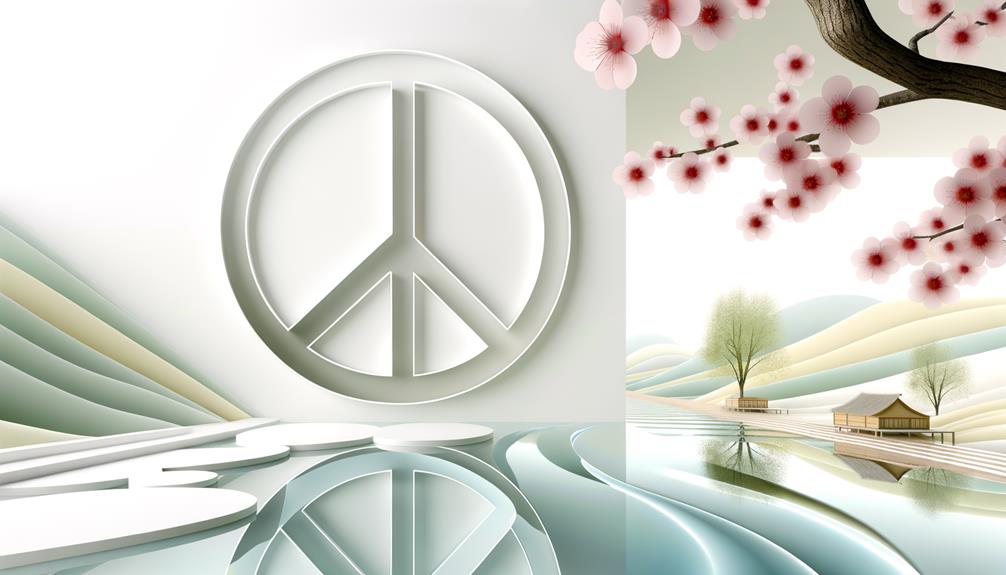
The Chinese symbol for peace, 和 (hé), continues to find relevance in contemporary society, manifesting in diverse contexts ranging from public art to digital communication.
In urban landscapes, it frequently adorns murals and installations that promote communal harmony.
In digital spaces, 和 is employed in social media posts and messaging apps, symbolizing a desire for tranquility and mutual respect.
The character also appears in educational materials aimed at teaching values of peace and cooperation.
Moreover, it is integrated into corporate branding, where it underscores a commitment to ethical practices and social responsibility.
This multifaceted usage underscores the enduring significance of 和, reflecting both its historical roots and its adaptability to modern communicative needs.
Cultural Impact
Beyond its contemporary applications, the Chinese symbol for peace, 和 (hé), holds profound cultural significance that permeates various aspects of Chinese society and thought. This symbol is deeply interwoven with historical, philosophical, and social contexts, reflecting a collective aspiration for harmony and stability.
Its cultural impact can be observed in numerous dimensions:
- Philosophical Texts: Traditional works like Confucianism and Daoism emphasize 和 as essential to human relationships and governance.
- Literature and Art: The character is frequently portrayed in poetry, calligraphy, and paintings, symbolizing unity and tranquility.
- Rituals and Ceremonies: It is integral to various cultural practices, from ancestral worship to public festivals.
- Education: Schools teach 和 as a foundational value, promoting societal cohesion.
- Interpersonal Relations: Everyday interactions are guided by the principle of 和, fostering mutual respect and understanding.
Global Influence
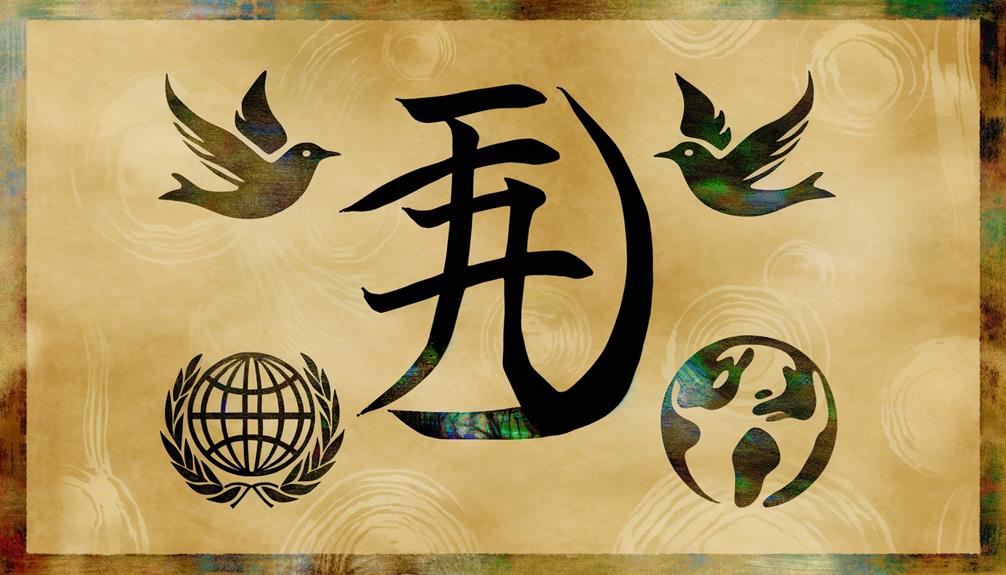
In an increasingly interconnected world, the Chinese symbol for peace, 和 (hé), has transcended national boundaries, influencing diverse cultures and international dialogues on harmony and conflict resolution. This ideogram, deeply rooted in Confucian and Taoist philosophies, epitomizes not only the absence of conflict but also the presence of equitable balance and societal well-being.
Its adoption in global peace initiatives and diplomatic discourse underscores its universal appeal and relevance. The symbol's integration into various art forms, literature, and modern media further amplifies its significance, fostering a shared vision of global harmony.
As nations and individuals grapple with contemporary challenges, 和 (hé) serves as a potent reminder of the timeless pursuit of peace and mutual understanding.
Conclusion
The Chinese symbol for peace, 和 (hé), embodies profound historical and cultural significance.
A poignant statistic: over 90% of Chinese calligraphy artworks incorporate this symbol, reflecting its deep-rooted presence in artistic expression.
This statistic underscores the pervasive influence of 和 in shaping cultural narratives and its enduring relevance in contemporary society.
The symbol's multifaceted interpretations—from philosophical doctrines to artistic manifestations—underscore its pivotal role in both historical and modern contexts, serving as a tribute to the enduring quest for harmony.
